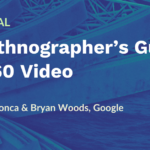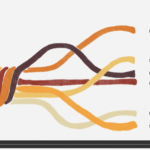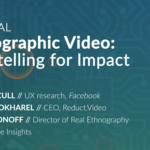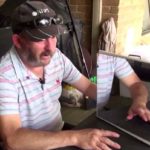
Gain a critical and technical understanding of the benefits, affordances and production workflows of 360 video as an ethnographic and research medium
Instructors: KARL MENDONCA & BRYAN WOODS, Google
[s2If current_user_can(access_s2member_level1)]
[/s2If]
[s2If !is_user_logged_in()]
Please sign in or become an EPIC Member to access video.
[/s2If]
[s2If current_user_is(subscriber)]
Become an EPIC Member to access video:
→ Learn about Membership
→ Browse Video Library
[/s2If]
Overview
This video has been edited to protect the privacy of participants in the live tutorial.
A goal of ethnographic fieldwork is to be able to experience the world from another person’s perspective, inhabiting their point of view as they go about their everyday routines, tasks, and interactions.
For ethnographers and researchers, the growing availability of high-quality 360 video presents an opportunity to get a deeper understanding of other points of view, as well as instill a deep and profound sense of empathy toward...













